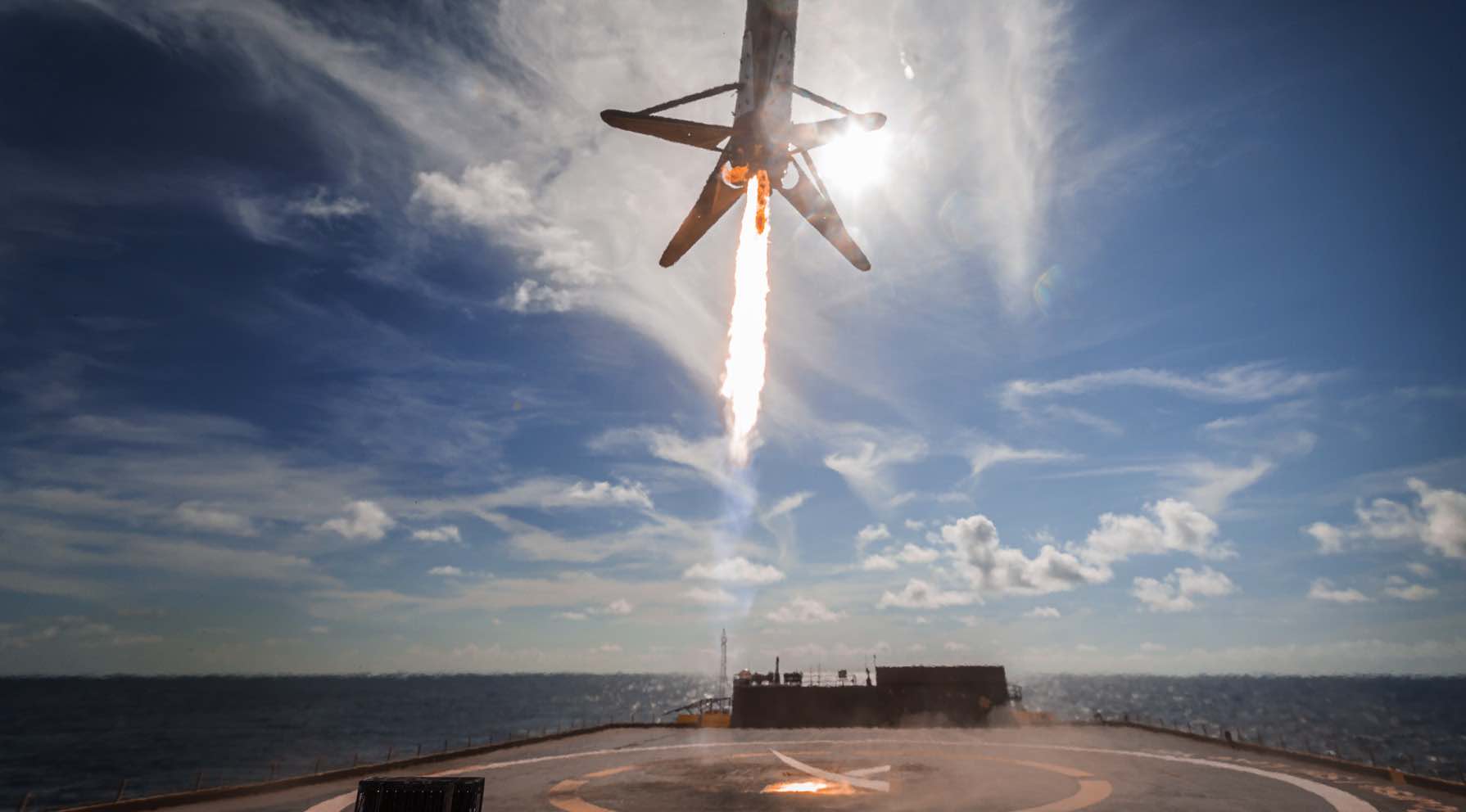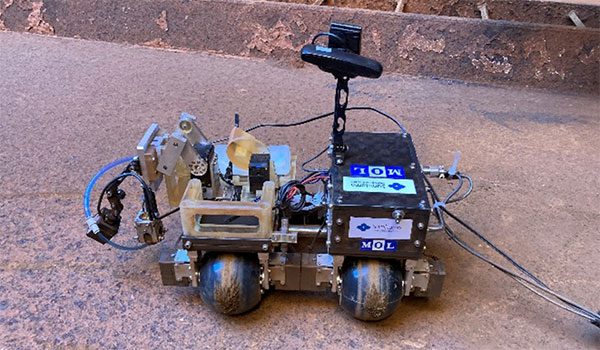25 April 2024
Starlink Maritime on more than 200 Anglo-Eastern Ships

Anglo-Eastern has completed the first installation of the Starlink maritime broadband service in its fleet, as part of a preliminary order for the system. The company plans to roll out the system to a dozen vessels of various ship types and trading patterns in the coming months, with a goal of completing at least 200 installations across its fleet by the end of 2023.
The project has been facilitated by support from ship-owning clients and interaction with Starlink’s representatives. The implementation is expected to change life on board in a way that has never been experienced in the history of shipping.
Table of Contents
Concept
Ship manager Anglo-Eastern has confirmed that it has completed its first formal installation of the Starlink maritime broadband service within its fleet, the beginning of a roll-out set to cover a dozen vessels of various ship types and trading patterns as part of a preliminary order for the system.
What is Starlink?
Starlink is the world’s first and largest satellite constellation using a low Earth orbit (LOE) to deliver broadband internet capable of supporting streaming, online gaming, video calls, and more. Starlink delivers high-speed, low-latency internet to users all over the world.
Most satellite internet services come from single geostationary satellites that orbit the planet at 35,786 km. As a result, the round trip data time between the user and satellite—also known as latency—is high, making it nearly impossible to support streaming, online gaming, video calls, or other high data rate activities.
Starlink is a constellation of thousands of satellites that orbit the planet much closer to Earth, at about 550km, and cover the entire globe. Because Starlink satellites are in a low orbit, latency is significantly lower—around 20 ms vs 600+ ms.
Game Changer
The company says that the initial implementation has been carried out so that the service can be fully trialed within a number of operational scenarios before the broader roll-out. Note that, it is expected to take place in the coming months.
Should everything go as expected, Anglo-Eastern says that it expects to complete at least 200 installations of Starlink Maritime across its fleet by the end of 2023. Therefore, there will be more to follow in the subsequent years from its fleet of more than 600 ships it has under full third-party management.
“We quietly started our journey a year ago, when Starlink first announced its ‘RV’ service. Once installed on several vessels, we knew immediately it was a game-changer,” .
“Overnight, these ships became as connected as any office or home, affording the crew unprecedented access to friends and family while enabling an entirely new level of collaboration between ship and shore.”
“Part of our digitalisation journey was to standardise our hardware on board. Since 2020, we have commissioned over 600 data centres and replaced 5,000 workstations across the fleet. The underlying infrastructure is now in place to leverage the accelerated connectivity.”
Torbjorn Dimblad, CIO, Anglo-Eastern

Avoid Phishing: don’t be a victim!
The threat of phishing emails remains high. Even more so since COVID-19 and the current conflict situation involving Russia and Ukraine.
Ship Nerd
Crew Welfare
Anglo-Eastern notes that the connectivity project has been facilitated by the support of its ship-owning clients, who have shown their willingness to make investments in the systems such as Starlink Maritime for crew welfare. The team has also benefitted from direct interaction with Starlink’s representatives in evaluating deployment options.
“Initially, all of that additional bandwidth will go to doing what we do today, only more of it and faster,”
“The addition of Starlink’s LEO network – and OneWeb and Project Kuiper thereafter – will change life on board in a way that we have never experienced in the history of shipping. Soon seafarers will be ‘always-on’, enjoying the same connectivity that we ashore have been used to. The ship will become a seamless extension of the office, where members of the team just happen to be closer to the machinery.”
“If an issue arises on board that requires support, the vessel team can launch a Teams video call to ask for a hand. During off-hours, the latest movies or TV shows can be streamed live from home. The possibilities are endless, and I believe this will help make our industry safer and more attractive for current and future generations.”
Bjorn Hojgaard, CEO, Anglo-Eastern
Shipping Industry’s Broadband
Starlink Maritime has the potential to take over the shipping industry broadband by providing a faster and more reliable connection, enabling ships to become “always-on” and allowing crews to stay connected with friends and family while also facilitating seamless communication between ship and shore. This improved connectivity can lead to greater efficiency, safety, and crew welfare, making the shipping industry more attractive for current and future generations. Additionally, Starlink’s low Earth orbit (LEO) network, along with other upcoming projects such as OneWeb and Project Kuiper, could bring about a significant change in how the shipping industry operates and communicates.
See Also

Weather routing integrated into performance analytics
Augmented Routing Optimization by METIS integrates weather routing into AI-based voyage analytics and is changing ship performance.


